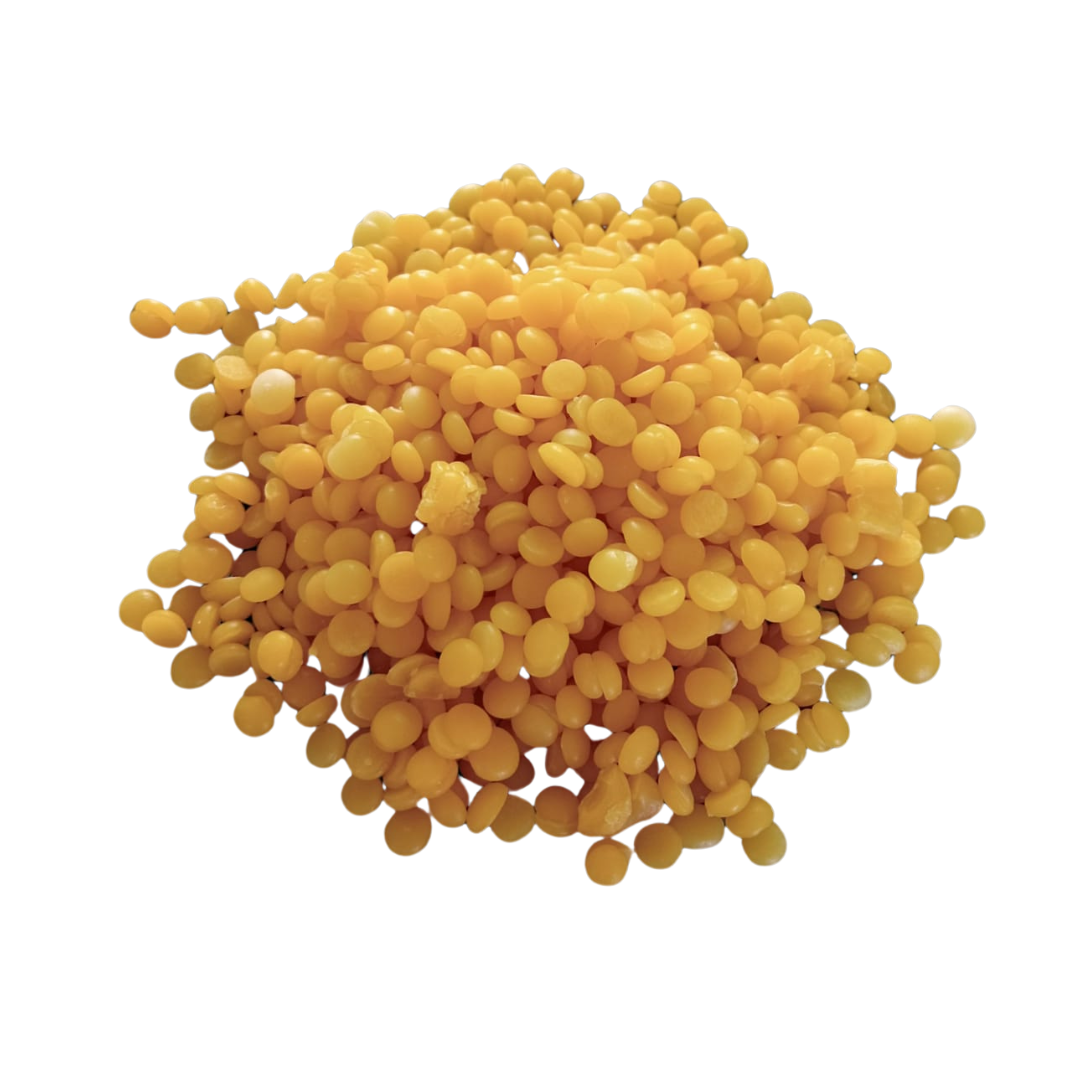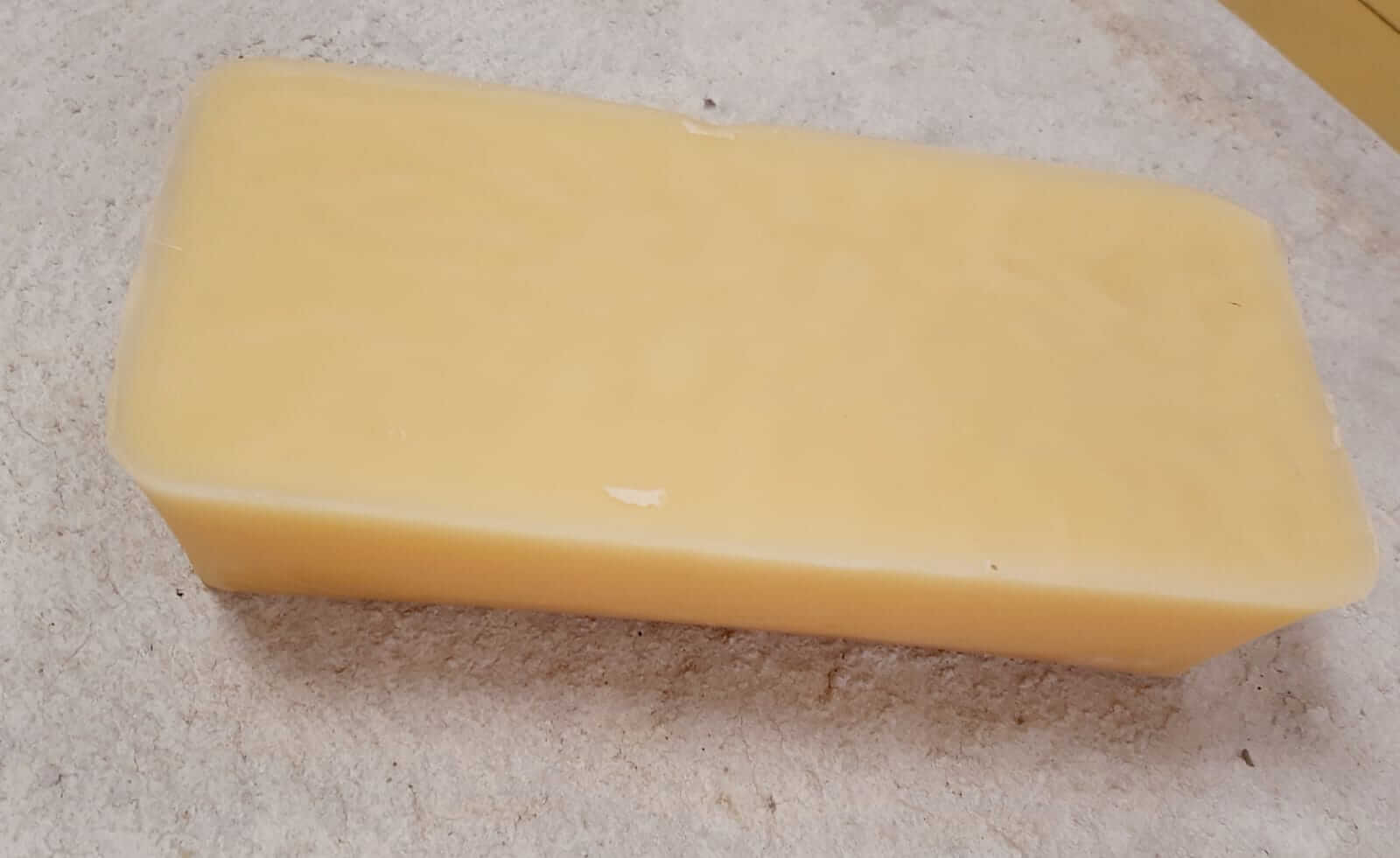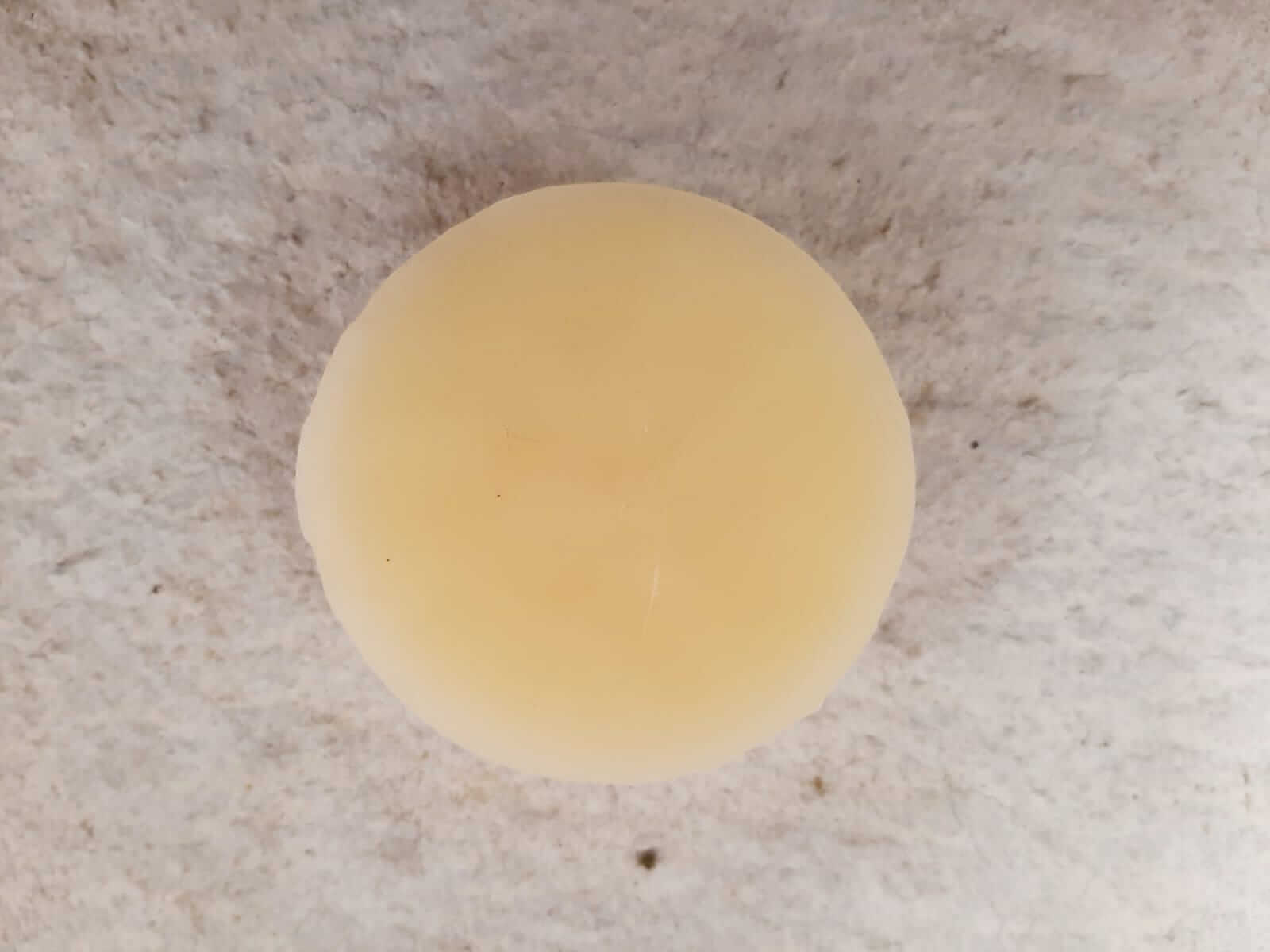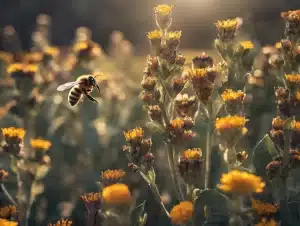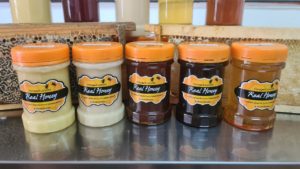“Beeswax and Beekeeping in South Africa”
Beeswax ingot from Bee Ware®
By: Bee Ware
Ancient cultures in Egypt, Greece and Persia were known to have used beeswax as primary ingredients in their day to day life. Egyptians and Persians used beeswax to embalm their dead and for mummification of their pharaohs. Beeswax is mentioned in even ancient Greek legends and mythologies.
Through the centuries, ancient Greco-Roman and Chinese physicians were known to have documented the use of beeswax for medicinal purposes. Indeed, China’s most famous medicine book “The Shen Nong Book of Herbs”, beeswax together with honey and honeycomb, was known to be a primary ingredient in medicinal balms and ointments.
Through the centuries, different physicians and healers have used beeswax to treat wounds, skin inflammation, improve overall health and wellbeing of patients and as a cosmetic agent. (If you wish to know more about how to make your own creams, balms and salves using beeswax, consider buying our e-book: Skin Alchemist) The most common use of beeswax perhaps is to use it to make candles. Ancient cultures like Egypt, China and Greece were known to use beeswax to make candles. Until today, the Roman Catholic church requires that candles used in their churches are at least 5-10% made from beeswax.
At present, beeswax is used for the following purposes – pharmacy, cosmetics, candles and some food products. Beeswax is valued according to how pure it is and according to its colour. Light coloured wax is valued at a greater price than darker ones. This is because darker coloured beeswax is likely to have been aged in the hive and originally have impurities like propolis. Whereas yellow coloured beeswax is due to pollen getting mixed in and aging of the beeswax.
There are different grades accordingly: industrial grade, cosmetic grade and food grade. These generally speak for themselves. Industrial grade being low quality with impurities and not suitable for cosmetic or food use.
Food grade is high quality and has been processed with fine filtering and deemed safe for human consumption. Cosmetic grade is safe for external use on skin and in cosmetic products.
Generally speaking, white beeswax is derived from the cappings of honeycomb. However, beeswax can be bleached to be made whiter. For purposes of quality and higher value, the white cappings fetch top prices!
Is there income from beeswax?
Beeswax can be an excellent source of income for people in rural or even urban communities because rendering it for export or business quality only involves simple heating and filtering methods. When the beeswax has been heated and filtered properly, simply pour it in moulds and store in a cool, dry and clean place.
An easy way to filter and clean beeswax is to pack it inside pantyhose or other fine cloth and seal it before placing inside a pot of hot water about 60 degrees in temperature. The impurities get stuck inside and the clean, filtered beeswax melts and flows out of the cloth. Leave to cool. Then you can collect and store the cleaned beeswax.
When ready to be exported or to be shipped to your customers, simply place your beeswax bars or blocks in clean hessian sacks.
Beeswax does not spoil and neither does the quality of the beeswax lessen with time. As a beekeeper or as a beekeeping cooperative, you can store your beeswax blocks until a sufficient amount has been reached for export or to be sold locally to businesses.
A seasoned beekeeper can earn a decent amount of income from selling bee products. (If you wish to know more about Beekeeping in South Africa, consider signing up to our Online Beekeeping Masterclass and in person Beginner Beekeeping Course and Practical Intermediate Beekeeping Course).
In a 2019 Mordor Intelligence Global Beeswax Market Share Report Asia and Africa are dominating the beeswax market. According to the report, Asia and Africa are leading producers and consumers of beeswax, holding a production share of 36.8% and 30% in 2016-2017 respectively. The main cause for beeswax production in Africa remains for pharmacological purposes and the demand for beeswax is set to increase in the coming years as varied diseases in Afro-Asian countries are set to increase further.
Beeswax and Beekeeping in South Africa
While Asia, North America and Europe are expected to be the largest players in the beeswax market in the coming years, South Africa has seen a decline in beeswax exportation since 2017. This can be attributed to fewer people being well trained in beekeeping and missing out on the opportunity to earn a decent income in bee products. Beekeepers in South Africa were historically reliant on land owners and state or nature reserves to support their beekeeping efforts.
With some old paradigms as a legacy from beekeeping in South Africa, many crops and honey producing opportunities have been overlooked and remain untapped… We’ve shared through our monthly newsletters for over a decade about the beneficial crops for bees and bee-friendly flowers available across South Africa to beekeepers. Crops and flowers such as avocado, litchi, fynbos, buchu, sunflowers, soya, rapeseed, almond, apple and macadamia.
While it may appear to be a small opportunity for beekeepers in South Africa, many have historically not taken advantage of this lucrative little niche. We focus heavily on educating new beekeepers and developing the beekeeping industry as a whole including agricultural stakeholders in the farming sector. Beeswax plays a huge role in boosting the overall income in a beekeeper’s hobby and especially in bee businesses.
There are other bee business opportunities available such as pollination services, bee removal services, honey market, and beekeeping services. Pollination services have the largest potential in the South African market with paid for pollination services to service fruit and vegetable growers as well as the industry.
The growth in the Macadamia nut and Blueberries industry currently holds the largest opportunity for business for beekeepers who can supply pollination services for these food crops.
Plantations of macadamia nuts in the Limpopo and Mpumalanga provinces of South Africa will need at least 30 000 (and up to 40 000) new swarms to pollinate the crops in the coming years. Experts also add that the beekeeping industry in South Africa may also involve opportunities related to improving hive security, using new and innovative technologies in beekeeping, queen rearing and breeding programmes.
Resources:
- https://www.selinawamucii.com/insights/market/south-africa/beeswax/
- https://www.futuremarketinsights.com/reports/beeswax-market
- https://www.researchgate.net/publication/304012171_Beeswax_History_Uses_Trade
- https://www.fao.org/3/y5110e/y5110e07.htm#TopOfPage
- https://southafrica.co.za/beekeeping-south-africa.html



